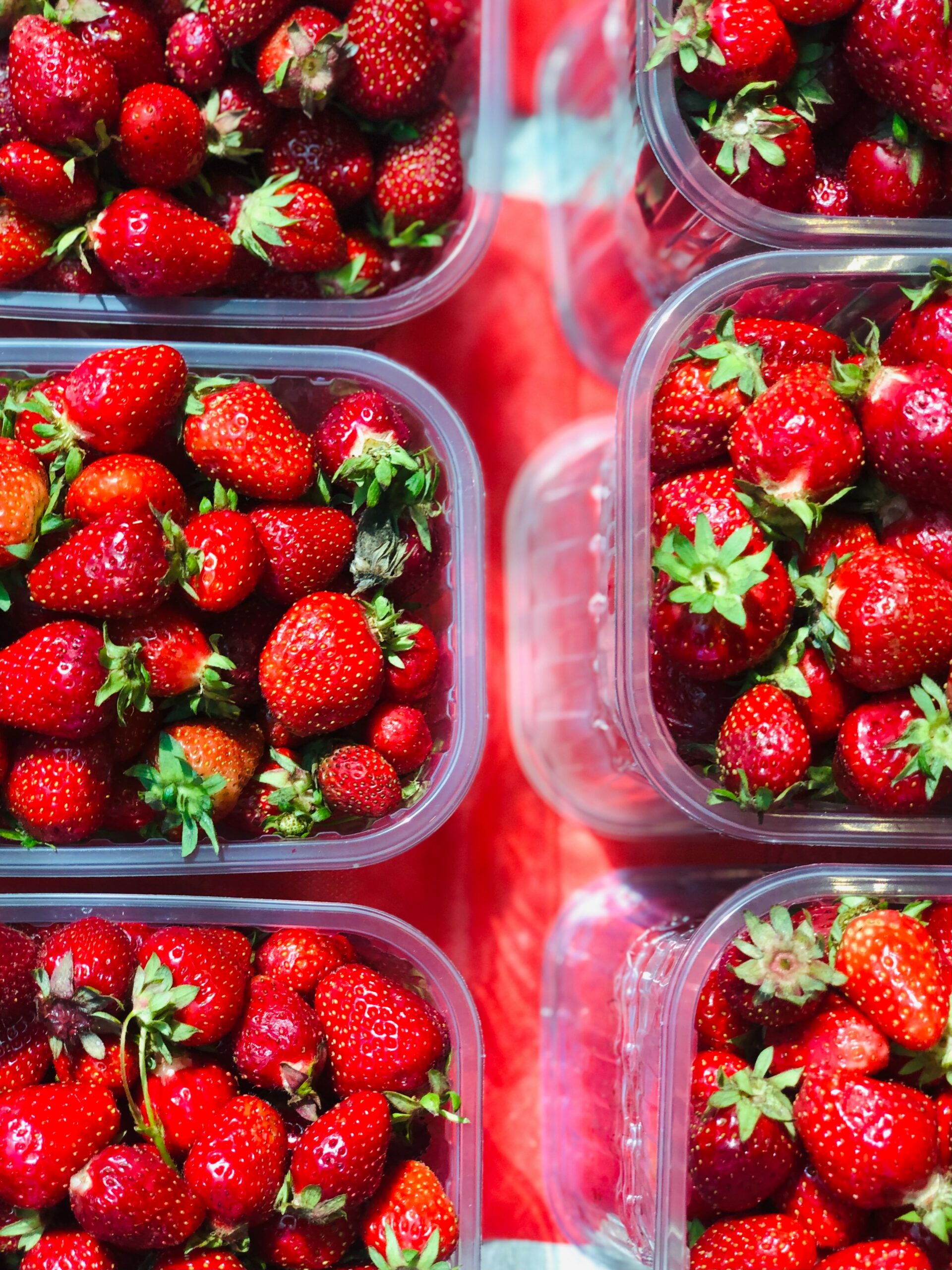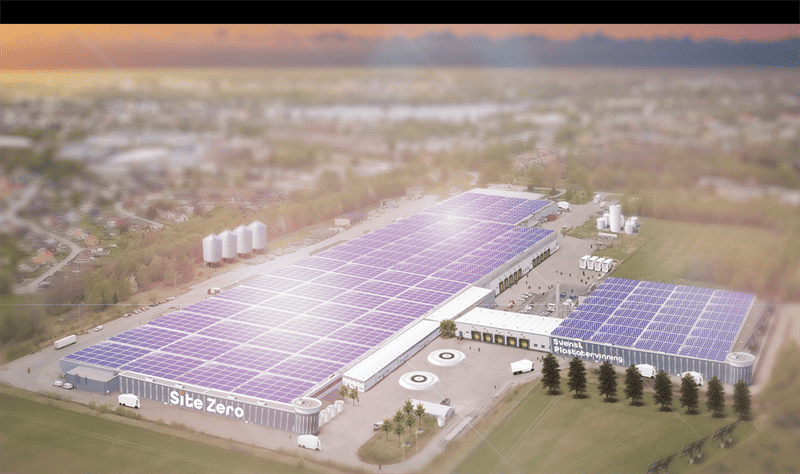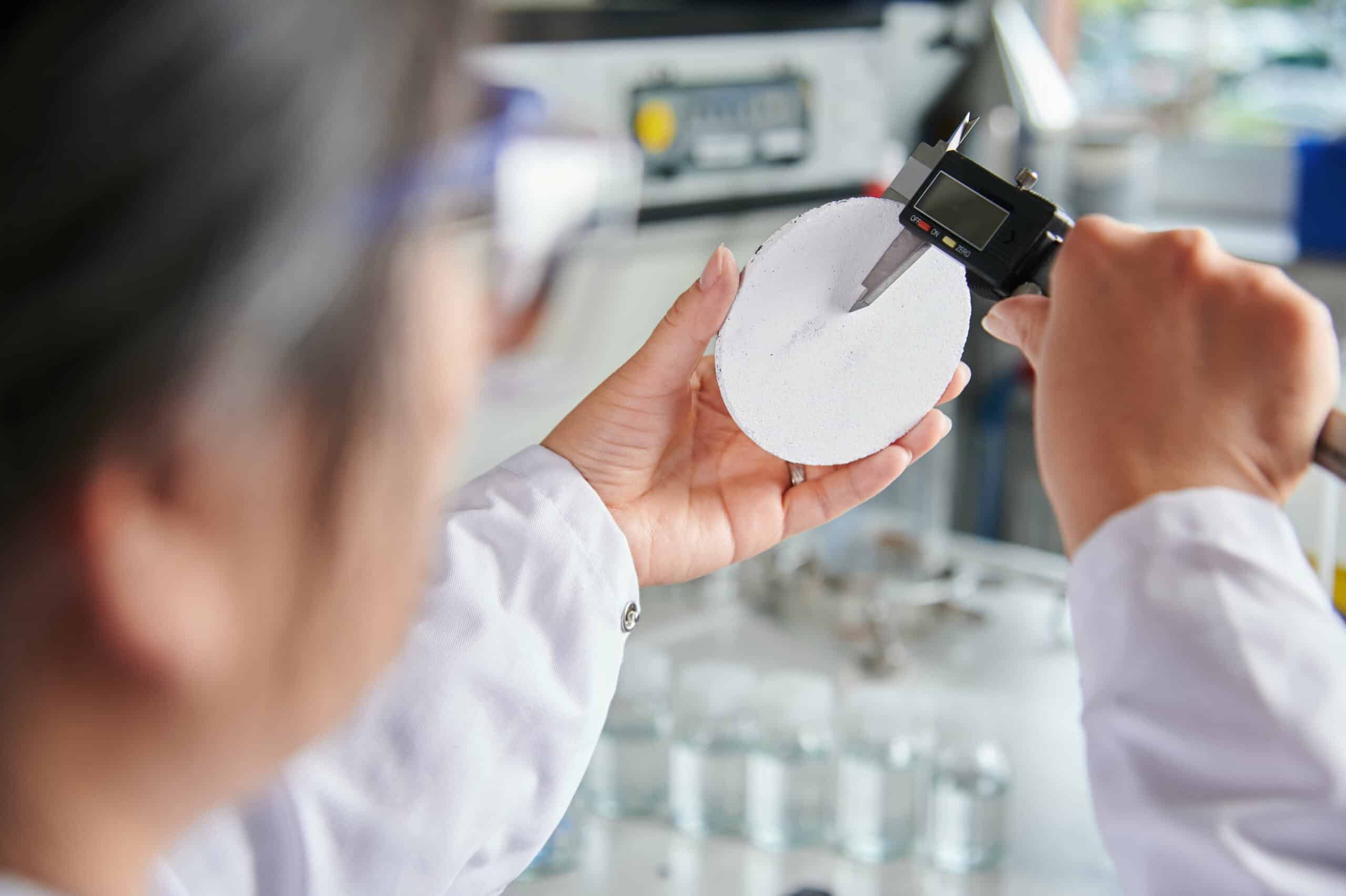
In Austria, almost 70,000 tons of plastic films currently end up in the trash. Of this, only 12,000 tons can be recycled. The rest has to be sent for thermal recycling – and that causes greenhouse gases. “Currently, the film portion of this cannot be recycled profitably. A solution to this problem is urgently needed because the recycling rate must be increased from the current 25 to 30 percent to 50 percent by 2025. This is stipulated by the European Commission’s 2019 Action Plan for the Implementation of the Circular Economy,” explains DI Gerald Koinig from the Digital Waste Technology working group at the Institute for Waste Recovery Technology & Waste Management at the University of Leoben.
Complex material compositions
The hurdle in increasing the recycling rate is the sorting of plastic films, which sometimes still fails because of the separation of two common types of films: single-layer films, used as packaging for toys, for example, and multilayer films, used as packaging for food. “Multilayer or multilayer films have to perform many functions,” Koinig explains. They must be lightweight to save greenhouse gases during transport. At the same time, they must protect the contents from UV rays and from mechanical impact, be impermeable to gases and – last but not least: keep fresh for a long time. Because packaging alone can greatly increase the shelf life of food (source: Denkstatt Study 2016).
Also of interest: Recycling is just one strategy for reducing the mountain of plastic waste
To combine all these properties in one film, multilayer films are constructed from highly engineered material compositions that may contain various petroleum-based materials: Examples include polyethylene (PE), polypropylene (PP), polyethylene terephthalate (PET) and ethylene vinyl alcohol (EVOH).
Downcycling and thermal recycling
However, it is precisely these material compositions that make it difficult to sort out multilayer plastic films. This is because standard near-infrared spectroscopy delivers spectra whose information content is too low to classify the film fractions. For this reason, multilayer and single-layer films are currently not separated from each other and recycled together – even though the single-layer films would in principle be recyclable. But even a very small proportion of multilayer films would lead to a reduction in mechanical properties. Therefore, the plastic films can at best be sent for downcycling – and at worst for thermal recycling.
Information content of the spectra
In the Multilayer Detection project, Koinig is researching a solution for separating monolayer and multilayer fractions. The focus is on the common technology of near-infrared sorting, which as such offers great potential for both: Increasing recycling rates and saving greenhouse gases. Researchers face the challenge of increasing the information content of the spectra and enabling classification. There are two problems to solve:
- Due to the low film thickness, the radiation interaction in films is generally very low.
- The differences in radiation interaction between monolayer and multilayer films are very small.
The research goal is achieved when both the radiation interaction and the classification quality can be improved.
Near-infrared sorting
Typically, light packaging waste is separated in two steps. In the first step, the material stream passes through the ballistic separator. This has the advantage that different sorting methods can be used in combination. This means that influencing factors such as weight, dimensions, density and shape of the material to be sorted are taken into account in equal measure. Single and multi-layer plastic films are typically in a material stream consisting of PET bottles and other plastics and are sorted on the basis of their density. Once the plastic films have passed through the ballistic separator, they are passed over a near-infrared sorting system in the second step and separated.

Classification by spectral information
Machine learning and multivariate data analysis are already being applied in waste management. However, with the current modeling, separating single-layer and multilayer films would be extremely costly. If the machine were to detect multilayer films in a material stream, it would have to be explicitly taught every conceivable composition of materials.
The Multilayer Detection project aims to circumvent this time-consuming learning process by using a neural network. This recognizes generally valid differences between single- and multilayer plastic films on the basis of spectral information – and carries out a classification.
Multivariate data analysis
The method is also based on multivariate data analysis, which offers the tool of principal component analysis (PCA). This makes it possible to review large amounts of data with a number of influencing factors – and to identify relevant factors for classifying the data. If, for example, there are 220 influencing factors in the foil spectra, PCA can be used to determine whether differences can be explained on the basis of two or three influencing factors, explains Koinig, who is currently unable to go into more detail about the innovation due to an ongoing patent procedure. However, he adds, it can be integrated into existing aggregates in a cost-saving manner.
Recycling plastic films
With the new process, single-layer plastic films can be returned to the product cycle and recycled, whereby these should theoretically be recyclable several times. However, reprocessing often causes degradation of the polymers, which is accompanied by a deterioration of the material properties, Koinig said. Additives such as stabilizers or fillers often have to be incorporated to improve the polymer properties. Therefore, the researchers will also determine the properties of the recycled materials that could be produced using the novel sorting approach. How many cycles a material could survive without additional stabilization will become clear in the coming months, they say.
The material compositions of the multilayer films can be broken down into their components using chemical processes and recycled in the same way.
Reduction of greenhouse gas emissions
Recycling plastic films can drastically reduce resource consumption in manufacturing. This is evidenced by a life cycle analysis (LCA) carried out as part of the project. Compared with the current status quo, it shows that recycling single- and multilayer plastic films can reduce the greenhouse potential of both fractions by 90 percent. This would correspond to a saving of just under three metric tons of CO2 equivalents per metric ton of plastic film.
Also of interest: Natural enzymes revolutionize plastic recycling







